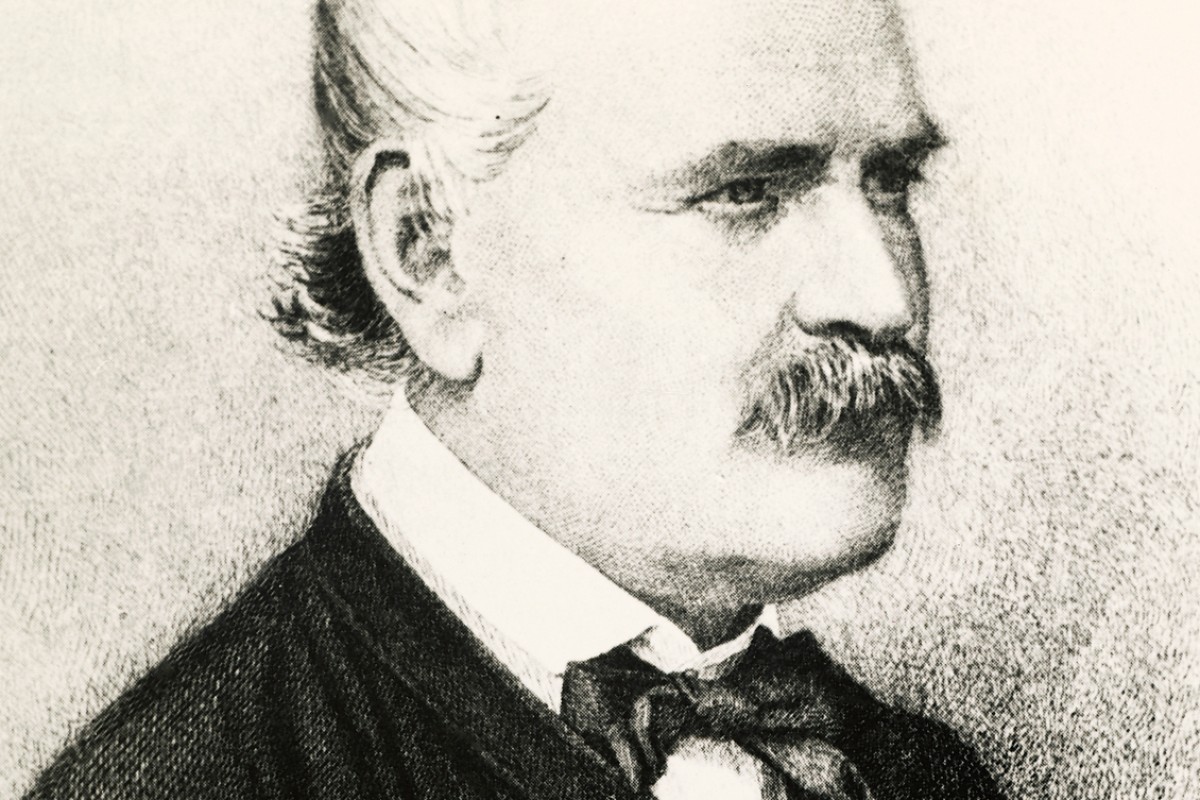How Ignaz Semmelweis Advocated Infection Control

In his lifetime, many people thought that Ignaz Semmelweis was mad.
He had a simple idea – that cleanliness mattered. It was extreme at the time and was largely ignored, rejected or ridiculed. He was dismissed from his hospital and had difficulty finding another job as a doctor.
Today he is remembered as the “father of infection control” and his observations brought about much-needed change in healthcare, in turn saving countless lives. Doctors, nurses, and anyone else working in a healthcare environment are given strict guidance on when they must perform hand hygiene and how they should comply.
- Before patient contact
- Before an aseptic (clean) procedure
- After body fluid exposure risk
- After patient contact
- After contact with patient surroundings
To most healthcare professionals this will now be second-nature; even people working outside the healthcare sector know how important good hand hygiene is, but it hasn’t always been that way.
Deadly Deceased
Dr Semmelweis achieved his medical doctorate in 1844 and was appointed to the maternity service of a teaching hospital in Vienna. It was on this two year appointment that he observed higher post-delivery mortality rates among women that were delivered or treated by doctors or students, rather than midwives or midwife trainees.
After considering several hypothesises, Semmelweis concluded that the increased mortality figures were a result of the doctors / students handling corpses and then going on to deliver or treat the pregnant women. Bacteria from the corpses were causing puerperal infections in the new-mothers.
Testing The Association
Now that Semmelweis had noticed the link between handling corpses and treating new mothers, he had to conduct a study to test the association.
To do this he made it mandatory for the doctors and students to wash their hands with a chloride of lime solution prior to interaction with the pregnant women. This intervention saw the mortality rate drop to the same as the midwives and trainee midwives – about 2%.
Being An Agent Of Change
While Semmelweis had proven that hand-washing could save lives, it would be more than two decades after his death until his work was given the credit that it deserved. The theory of bacteria causing disease wasn’t yet developed and he became frustrated with the number of obstacles that stood in the way of implementing real change.
- Physicians saw washing their hands before treating each patient as too much work
- Solving the problem would require a readily available supply of running water, requiring that hospitals be rebuilt.
- It was thought that the doctor profession was ‘blessed’ and it was unreasonable to think that they could possibly cause disease, let alone deaths.
Looking back we can see how absurd these reasons were, because we now know how important hand hygiene is. Dr Semmelweis knew he was right and this lead to him being rude to his fellow professionals, further alienating himself and damaging his cause.
Unfortunately it didn’t end well for him. He suffered from early onset dementia and was sent to an asylum where he was beaten to death by his carers. The establishment's failure to recognize his findings also led to the tragic and unnecessary death of thousands of young mothers. Semmelweis' practice only earned widespread acceptance years after his death, when Louis Pasteur developed the germ theory of disease, which offered a theoretical explanation for Semmelweis's findings. Today, Semmelweis is considered the father of antiseptic procedures.
What Can We Learn?
Being an agent of change requires you to publically point the finger, harass, be arrogant and be angry - all in necessary doses.
In this blog we talk and write a lot about the dangers that Campylobacter poses as a threat to public health, not just in chicken but in the hidden dangers of contaminated outer packaging. We do so because we care about the consequences that improper handling could have and we’re passionate about eradicating the danger.
Campylobacteriosis doesn’t pose the same risk as improper healthcare hygiene, but it can kill and it could be made easier to avoid if simple solutions are implemented.
← Back to blog
